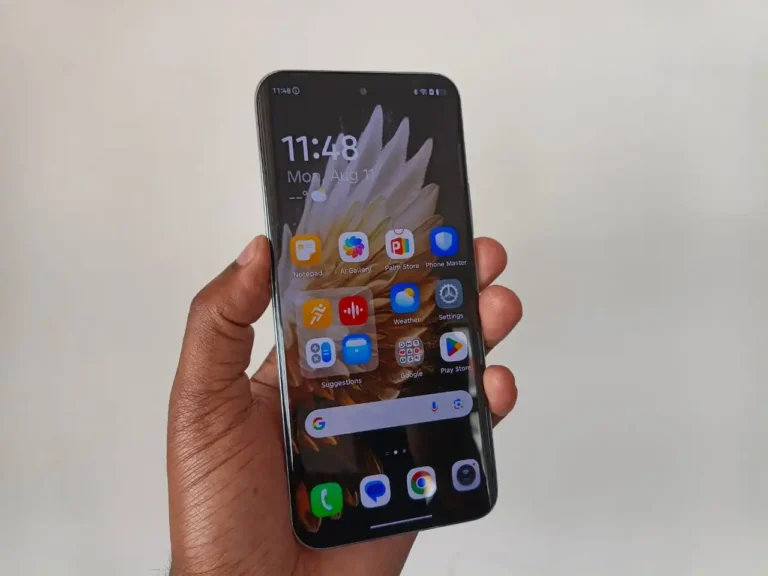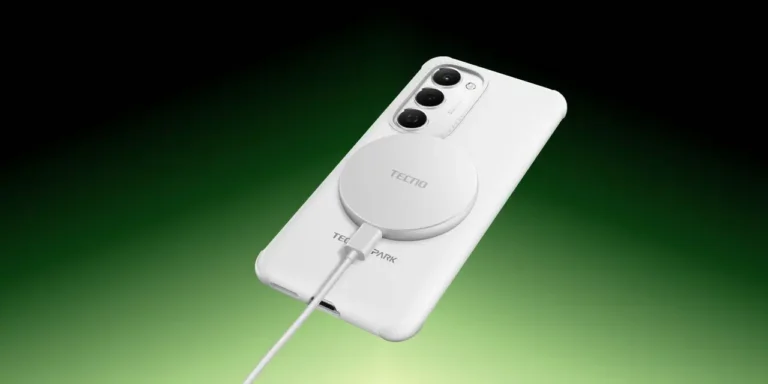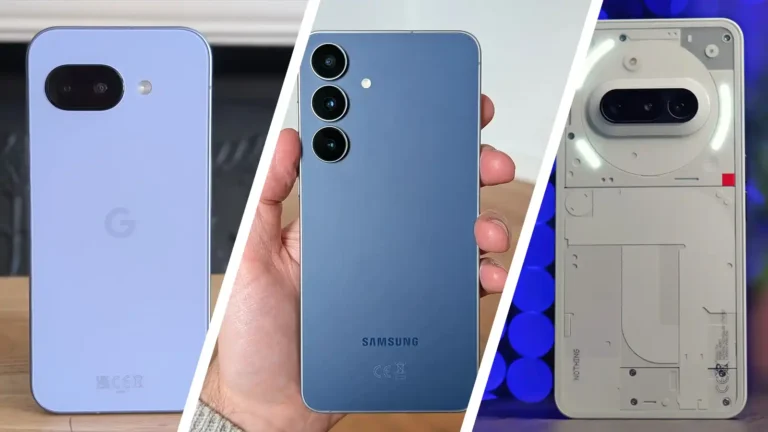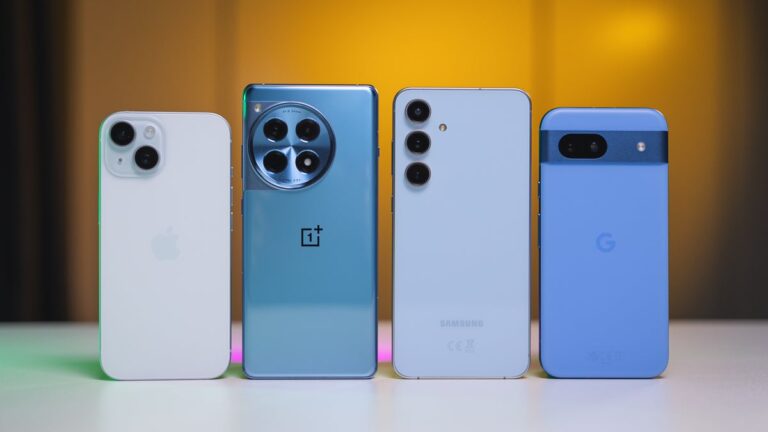Introduction
The rise of social media has transformed how we connect, communicate, and consume information. Among its most profound impacts is the redefinition of celebrity culture. Traditional celebrities, once untouchable figures seen only through the lens of mainstream media, now share the spotlight with social media influencers who have carved out niches and amassed millions of followers. This shift has democratized fame and brought about significant cultural and societal changes.

In this article, we explore how social media trends and the influencer phenomenon are reshaping celebrity culture, delving into the implications for individuals, brands, and society at large.
Key Points Overview
- The evolution of celebrity culture from traditional media to social media platforms.
- The rise of influencers and micro-celebrities.
- Social media’s role in shaping public perception and authenticity.
- The impact of parasocial relationships.
- The commercial power of social media celebrities.
- Challenges and criticisms surrounding the new celebrity paradigm.
- Future trends in social media and celebrity culture.
Detailed Discussion
The Shift from Traditional to Social Media Celebrity
Traditionally, celebrities gained fame through television, movies, sports, or music. Media outlets controlled their narratives, and fans engaged with them from a distance. Social media has dismantled this hierarchy, allowing anyone with a smartphone and an internet connection to build an audience and become a celebrity in their own right.
Platforms like Instagram and TikTok have democratized fame, offering creators a direct channel to their followers. This shift has leveled the playing field, making traditional celebrities and influencers compete for attention in the same digital spaces.
Moreover, the accessibility of social media means that celebrities must engage with their audiences more directly. The days of carefully crafted PR statements are giving way to Instagram Stories, live Q&A sessions, and behind-the-scenes glimpses. This two-way interaction has redefined what it means to be a public figure, fostering deeper connections and breaking down barriers between celebrities and their fans.
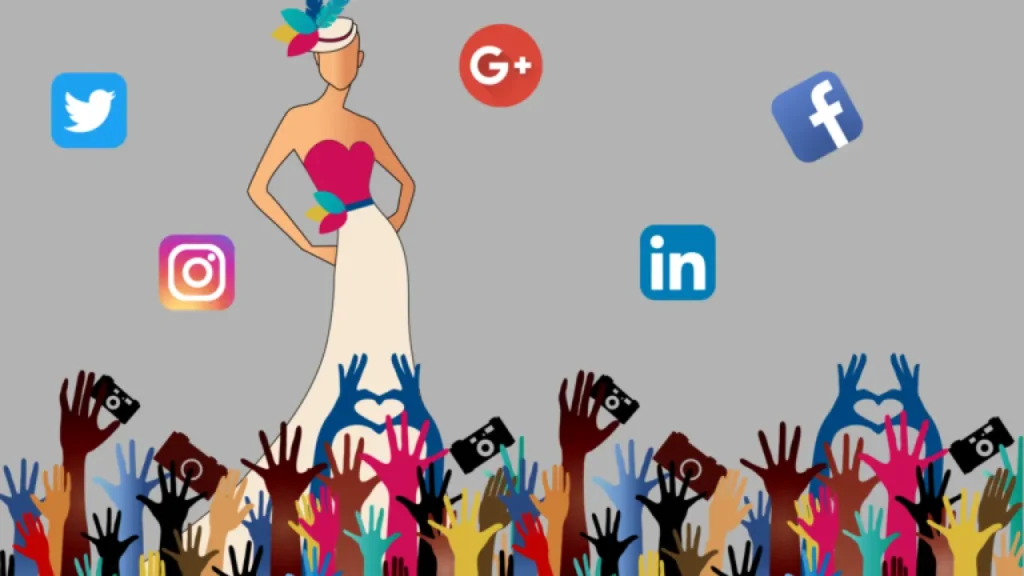
The Rise of Influencers and Micro-Celebrities
Social media influencers represent a new wave of celebrities. These individuals, often ordinary people with unique talents or relatable personas, have built loyal communities around their content. Influencers can specialize in niches ranging from beauty and fashion to gaming, fitness, and travel.
Micro-Celebrities: Beyond high-profile influencers with millions of followers, micro-celebrities (those with smaller, engaged audiences) have become vital to the digital ecosystem. Brands increasingly partner with these creators, valuing their authenticity and influence within specific communities. This trend has created opportunities for diverse voices to emerge, showcasing a broader range of experiences and perspectives.
Micro-celebrities also have the advantage of intimacy. Their smaller followings often result in higher engagement rates, as their audiences feel more connected and valued. This dynamic makes them particularly appealing to brands seeking to foster genuine connections with consumers.
Shaping Public Perception and Authenticity
Social media has reshaped public perception of celebrities. Unlike traditional stars, influencers thrive on relatability and transparency. Followers feel a closer connection to influencers who share their lives, struggles, and successes openly.
However, this perceived authenticity has blurred the lines between reality and performance. Many influencers curate their lives meticulously, presenting an idealized version that can lead to unrealistic expectations among followers. For example, the portrayal of “perfect” lifestyles can contribute to feelings of inadequacy and dissatisfaction among viewers.
Conversely, the rise of unfiltered content has given birth to movements like “anti-perfectionism,” where creators openly discuss their flaws, failures, and challenges. This shift underscores the complexity of authenticity on social media, as it evolves into a nuanced interplay between relatability and aspiration.
The Role of Parasocial Relationships
Parasocial relationships, where followers feel personally connected to influencers or celebrities despite no real interaction, are a defining feature of social media fame. These relationships can foster strong loyalty, making followers more likely to support an influencer’s projects, recommendations, or sponsored content.
While these connections can be positive, they also raise concerns about emotional dependency and exploitation. Followers may develop unrealistic expectations or face disappointment when influencers fail to meet their imagined personas. Additionally, influencers must navigate the responsibility that comes with their influence, as their actions and words can significantly impact their audience’s beliefs and behaviors.
The Commercial Power of Social Media Celebrities
Social media has transformed influencers into powerful marketing tools. Brands collaborate with influencers to reach highly targeted audiences through sponsored posts, product placements, and endorsements. The influencer marketing industry is projected to grow exponentially, with billions of dollars invested annually.
Key Benefits for Brands:
- Authenticity: Influencers’ recommendations often feel more genuine than traditional advertisements.
- Engagement: Influencers can drive higher engagement rates through interactive content and direct communication with followers.
- Targeted Reach: Brands can choose influencers whose audiences align with their target demographics.
Additionally, influencers have proven effective in generating user-generated content (UGC). Encouraging followers to share their experiences with products or services creates a ripple effect, amplifying the brand’s reach and credibility.
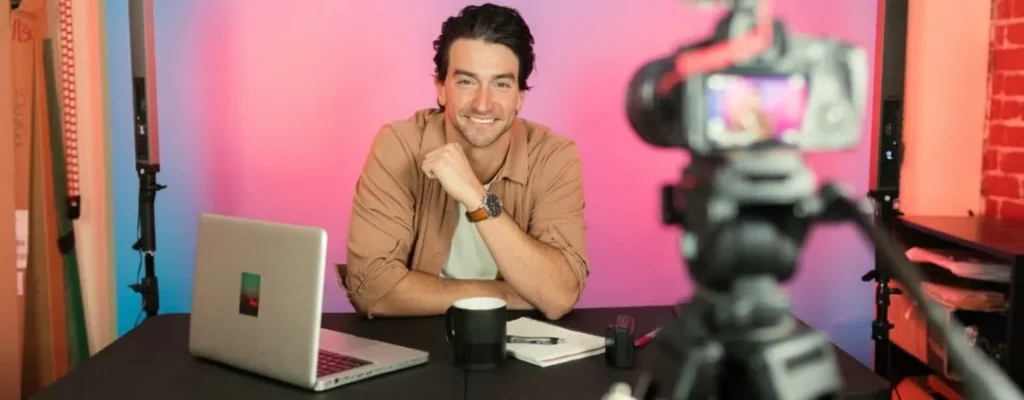
Challenges and Criticisms
Despite its advantages, the new celebrity culture faces significant challenges:
- Mental Health: The pressure to maintain a public persona can lead to stress, anxiety, and burnout among influencers. Constant scrutiny and the need to keep up with trends exacerbate these issues.
- Ethics and Transparency: Influencers face criticism for undisclosed sponsorships or promoting products they don’t genuinely use. This lack of transparency can erode trust among their audiences.
- Cancel Culture: Social media’s immediacy makes influencers vulnerable to public backlash, often for past mistakes or controversial statements. Cancel culture highlights the precarious nature of online fame.
- Content Saturation: With millions of creators vying for attention, standing out has become increasingly difficult. This saturation has led to a rise in gimmicky or sensational content aimed at grabbing fleeting attention.
Future Trends in Social Media and Celebrity Culture
As technology evolves, so will the dynamics of social media and celebrity culture. Emerging trends such as the rise of virtual influencers, augmented reality (AR), and the metaverse are poised to redefine the concept of fame. Virtual influencers, like AI-generated personas, are gaining popularity for their unique blend of creativity and control.
The integration of AR and VR technologies will allow fans to engage with celebrities in immersive and interactive ways, further blurring the lines between reality and digital experiences. Additionally, platforms will continue to innovate, providing new opportunities for creators to monetize their content and grow their audiences.
Conclusion
Social media has undeniably redefined celebrity culture, shifting the power dynamics and creating opportunities for individuals to achieve fame on their own terms. While this democratization of celebrity has brought about inclusivity and innovation, it also presents challenges that require careful navigation. As society continues to adapt to this evolving landscape, understanding the implications of these changes is crucial for individuals, brands, and cultural institutions alike.
The future of celebrity culture is intertwined with the evolution of technology, and as new platforms and tools emerge, the boundaries of fame will continue to expand. By embracing these changes while addressing their challenges, we can foster a more inclusive and responsible digital culture.
FAQs
Q1: How has social media changed the definition of a celebrity?
A1: Social media has expanded the definition of celebrity, allowing everyday individuals to achieve fame through relatable and niche content rather than traditional pathways like acting or music.
Q2: What is the impact of influencers on traditional celebrities?
A2: Influencers have created competition for traditional celebrities by commanding attention and building loyal audiences online, often at a fraction of the cost for brands.
Q3: Why are parasocial relationships significant in the digital age?
A3: Parasocial relationships foster a sense of closeness between followers and influencers, driving engagement and loyalty but also raising concerns about dependency and authenticity.
Q4: What challenges do social media influencers face?
A4: Influencers face mental health pressures, the need for transparency, vulnerability to cancel culture, and the challenge of standing out in a saturated market.
Q5: How can brands benefit from working with social media influencers?
A5: Brands can leverage influencers to connect with targeted audiences, enhance authenticity, and achieve higher engagement through creative and relatable campaigns.
Q6: What are future trends in social media and celebrity culture?
A6: Future trends include the rise of virtual influencers, integration of augmented reality, and the development of the metaverse, all of which will redefine the boundaries of fame and engagement.

